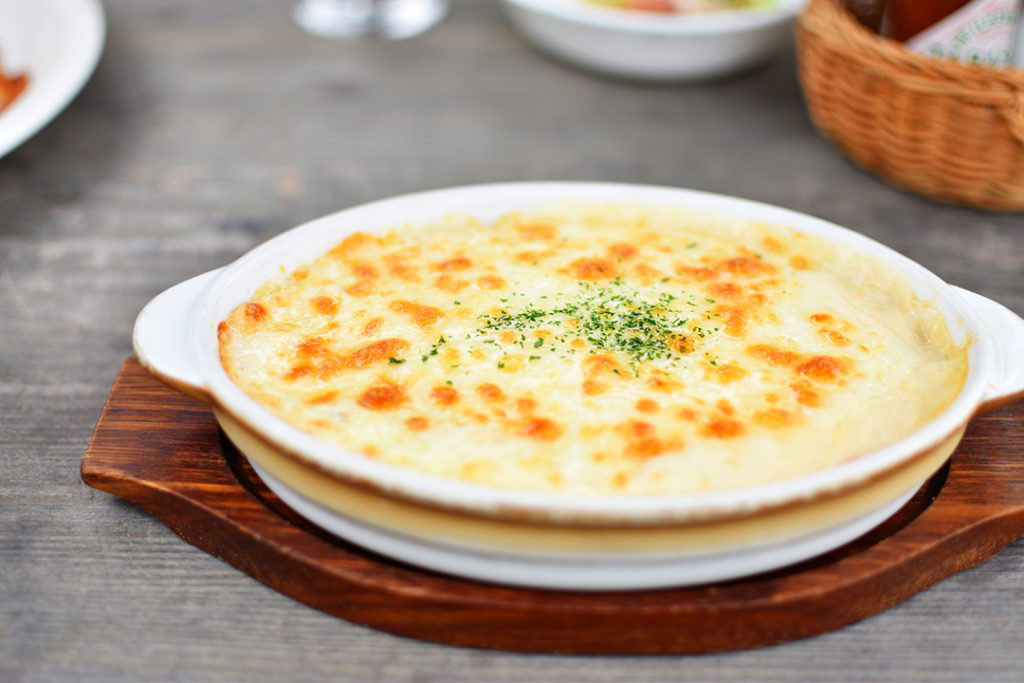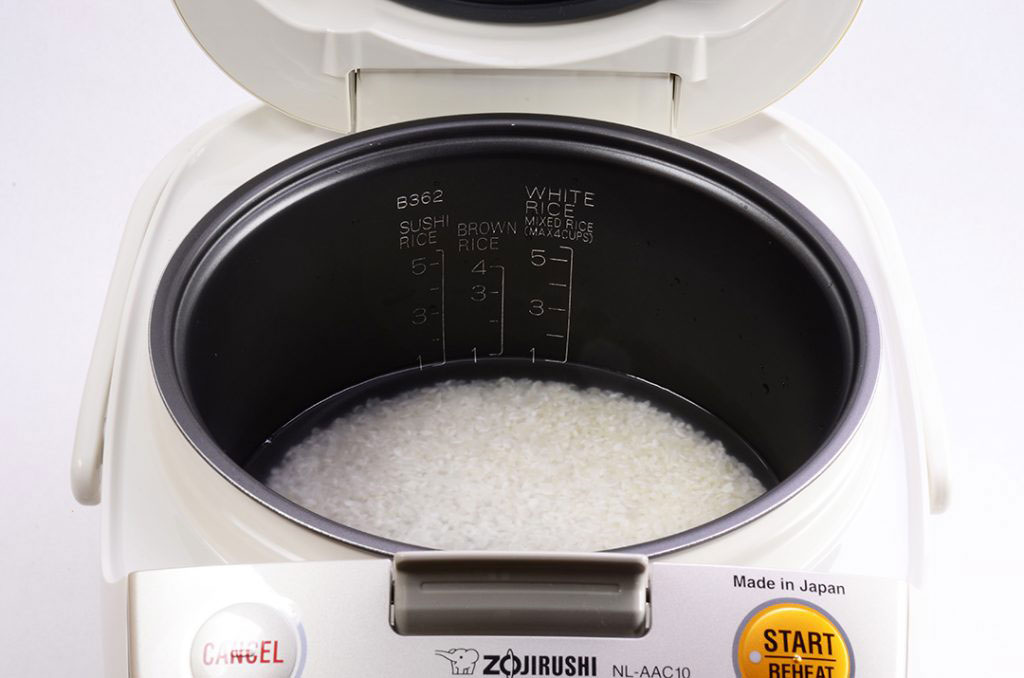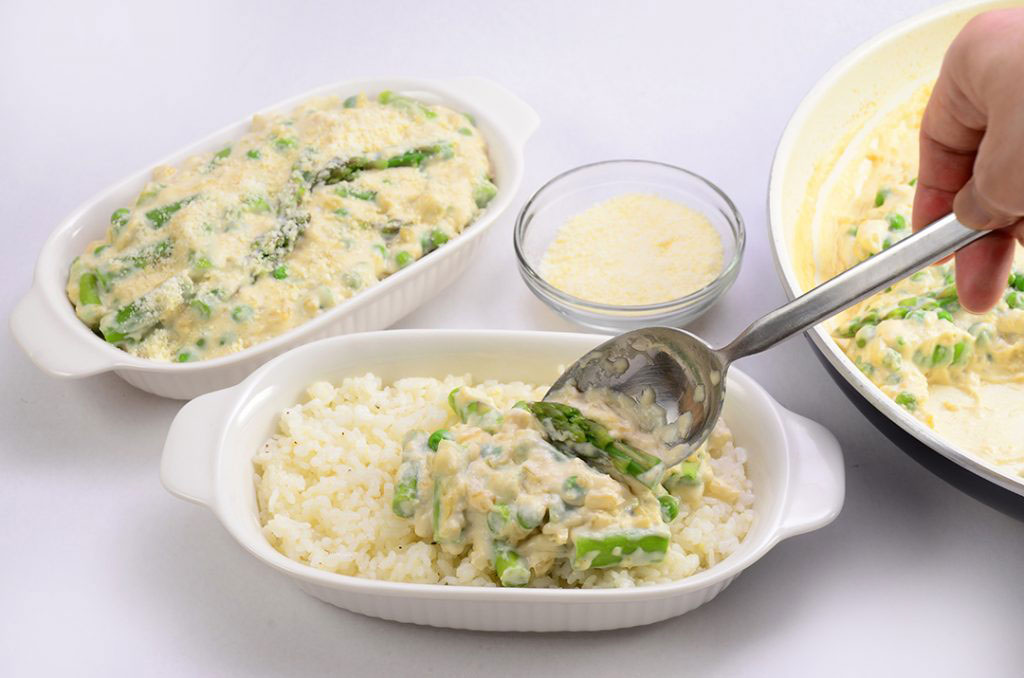Dorias are so quintessentially Japanese that we sometimes forget they were once a foreign food introduced into Japanese cuisine!

Many foreign foods were introduced to Japan during the Meiji Era, from 1868-1912, as Japan began its journey towards global modernization. After the First World War, even more foreign influence permeated the country, and foreign-born and trained chefs began introducing new dishes inspired by their homelands yet catering to Japanese tastes. One such dish is the doria. It is said that Saly Weil, a Swiss master chef at the New Grand Hotel in Yokohama, developed the dish in the 1930s. The dish was inspired by classic French gratins and baked Italian casseroles, with signature components including a creamy béchamel sauce and melted cheese.

Instead of being made with potatoes, similar to pommes de terre gratinees, the Japanese doria was made with the local staple: rice. And while European gratins often featured beef or ham, the Japanese version most commonly used seafood. Today, numerous variations exist among Japanese dorias, including ones with vegetables, chicken, mushrooms and a host of other ingredients!

The classic Japanese doria starts with cooked white rice. The rice is typically buttered, and depending on taste seasoned with aromatics such as garlic or herbs such as parsley. To the buttered rice is added seafood such as shrimp, scallops or fish, or chicken or vegetables, such as broccoli and mushrooms. And the entire mixture is then folded into a classic French béchamel sauce, made of butter, flour and milk. The combined ingredients are layered into a baking dish and topped with meltable, creamy cheese, such as parmesan or gruyere. The dish is then baked until the cheese is golden on top.

Dorias are served at Yoshoku restaurants throughout Japan but are also frequently prepared at home for lunch or dinner. Our classic recipe is the Green Peas and Asparagus Doria, which is made using rice cooked in our rice cookers.
Have you made this comforting dish? Try it out…it’ll be great for the coming winter months!
Leave a Reply